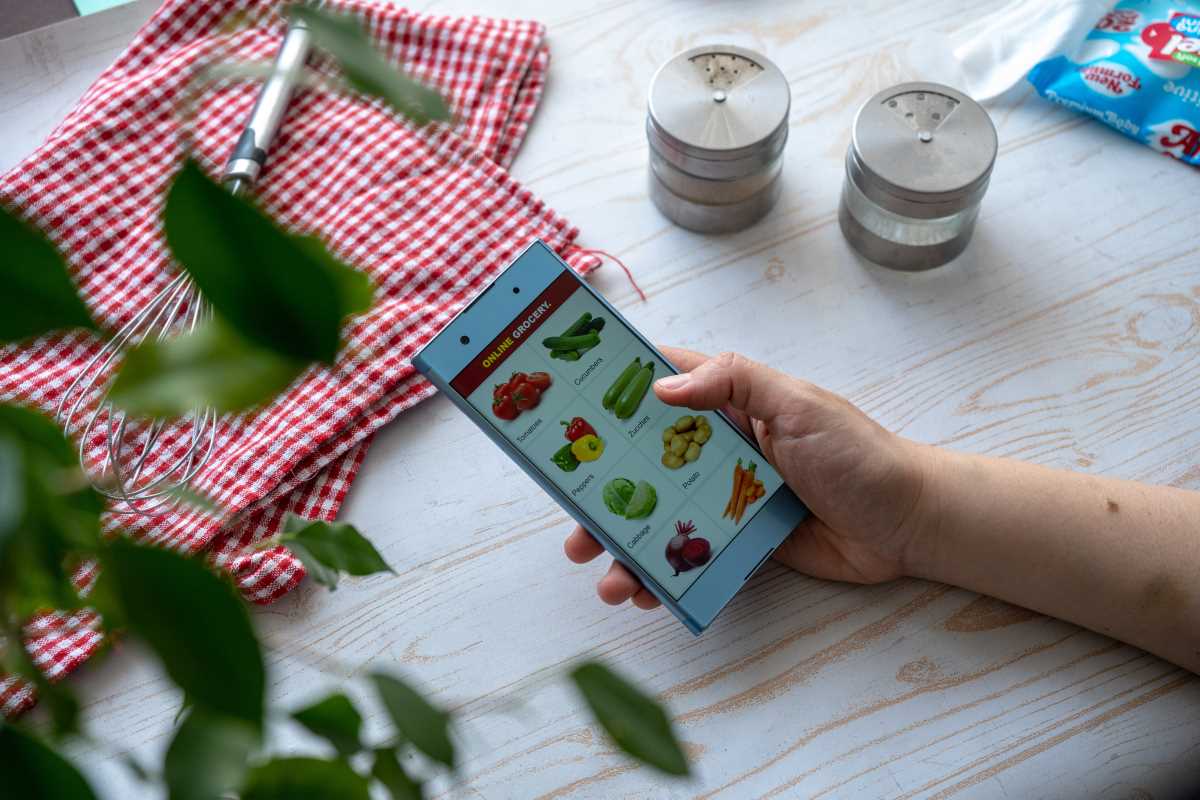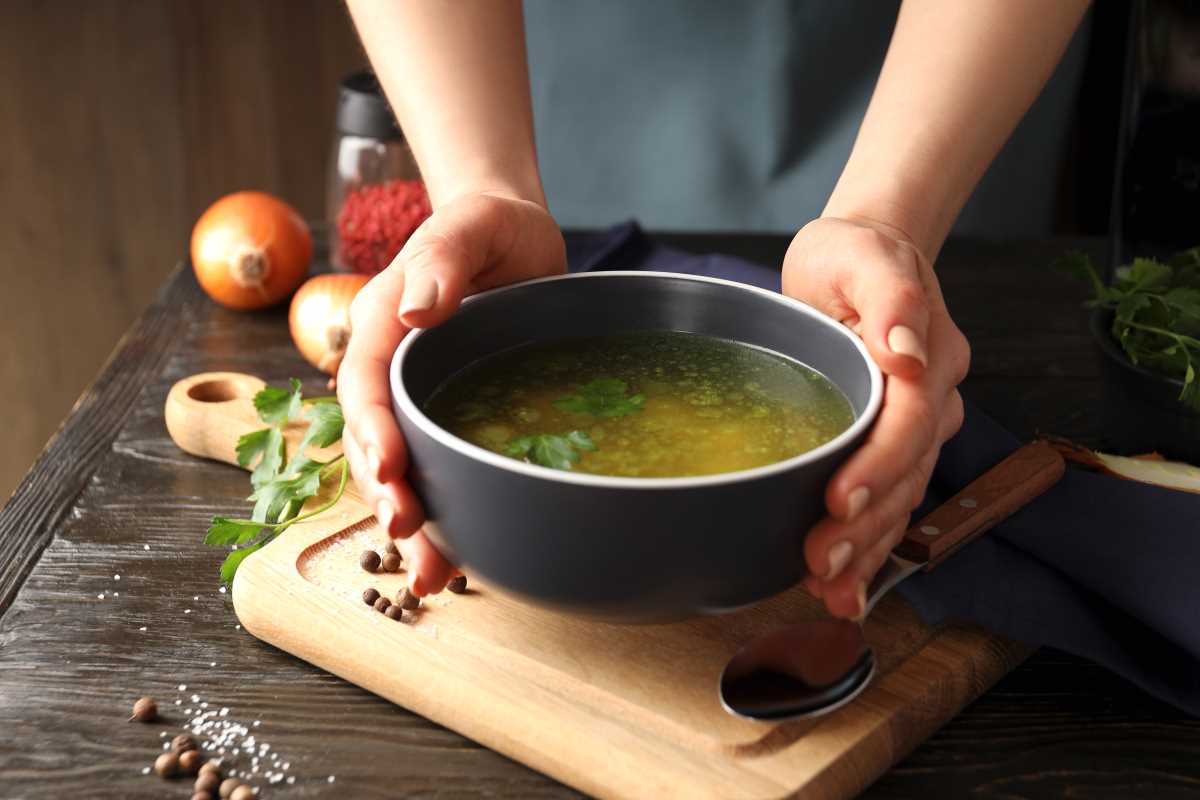Getting kids to eat healthy can sometimes feel like an uphill battle—especially if you have a picky eater at home. But thanks to technology, nutrition tracking apps can make learning about food fun, interactive, and even rewarding. Instead of constant battles over vegetables, these apps can help kids understand what they’re eating and why it matters in a way that feels like a game.
If you’re a parent looking for a modern way to encourage healthier eating habits in your kids, here’s how nutrition tracking apps can help—and how to use them effectively.
1. Choose the Right App
Not all nutrition tracking apps are created equal. Some are geared toward weight loss, while others focus on overall wellness. When selecting an app for your kids, look for features that emphasize education, balanced eating, and fun engagement rather than calorie counting.
Here are a few apps that work well for families:
- MyFitnessPal– Its large food database and barcode scanner make it easy to log meals.
- Lifesum — focuses on healthy eating and offers various diet plans and meal ideas.
- MyPlate by Livestrong – Offers food tracking with a simple, visual interface.
- Cronometer – Focuses on nutrient intake, which is great for teaching kids about vitamins and minerals.
- Eat & Move-O-Matic – Designed for kids, showing how food choices impact energy levels.
2. Make It a Family Activity
The best way to encourage kids to use a nutrition tracking app is to make it a shared experience. Instead of just asking them to log their meals, do it together. Show them how you track your own food and discuss the different nutrients in their meals. This makes it feel like a family challenge rather than a chore.
You can set goals together, like “Let’s all try to eat five different colors of fruits and vegetables today” or “Let’s see if we can get enough protein to keep our energy up.” Making it interactive keeps kids engaged and encourages them to be mindful about what they’re eating.
3. Use Visuals to Teach the Basics
Kids (and many adults) respond better to visuals than numbers. Many nutrition apps use pie charts, color-coded food groups, and interactive graphics to show how balanced a meal is.
For example, MyPlate’s app visually breaks down a meal into sections (fruits, veggies, protein, grains, and dairy), making it easy for kids to see what might be missing. You can turn this into a game by asking questions like, “What do we need to add to make this a balanced meal?” or “Which food gives us the most energy?”
4. Turn Tracking Into a Game
Most kids love a good challenge, and many nutrition apps include features like progress tracking, badges, or rewards for meeting health goals. You can set up small family competitions such as:
- Who can try the most new fruits and veggies this week?
- Who can hit their hydration goal first?
- Who can create the most colorful meal?
Turning it into a game helps kids stay motivated while also reinforcing healthy habits.
5. Teach Kids to Read Food Labels
One of the best life skills you can teach your kids is how to read and understand food labels. Many nutrition apps let you scan barcodes on packaged foods to show their nutritional content. Encourage your kids to scan their snacks and meals to see what’s really inside.
For example, they might be surprised to see how much sugar is in their favorite cereal or how little fiber is in their go-to snack. This is a great opportunity to teach them about making informed choices rather than just eating what looks tasty.
6. Focus on Nutrients, Not Just Calories
One downside of some nutrition apps is that they put too much emphasis on calorie counting. For kids, the focus should be on nutrients—proteins, vitamins, healthy fats, and fiber—rather than calories alone.
Talk to your kids about how different foods help their bodies:
- Protein helps muscles grow strong.
- Fiber keeps digestion running smoothly.
- Healthy fats are good for brainpower.
- Vitamins and minerals keep immune systems strong.
By shifting the focus from “eating less” to “eating better,” you reinforce a positive relationship with food.
7. Keep It Age-Appropriate
Younger kids might have shorter attention spans than older ones, so don’t overwhelm them with too many details. Keep it simple and positive. For example, instead of focusing on “bad” foods, emphasize “growing” or “energy” foods.
For tweens or teens, you can get more detailed by helping them understand macronutrients—protein, carbs, and fat—and how balance plays a role in things like focus at school or performance in sports.
8. Celebrate Progress, Not Perfection
Healthy eating is about balance, not strict rules. If your child doesn’t meet their fruit and veggie goal for the day, that’s okay. The point is to make small, lasting changes rather than enforcing rigid guidelines.
Praise their efforts, such as trying a new food or making a healthier choice than usual. Even if they don’t love every healthy meal, reinforcing their progress with positive feedback helps build good habits over time.







